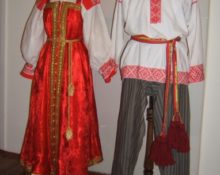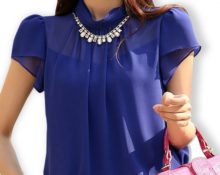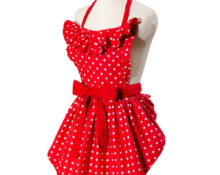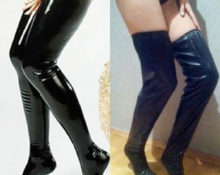Some facts of history can surprise. It is interesting that such a seemingly purely feminine piece of clothing as a sundress began to belong to the wardrobe of representatives of the fair half of humanity only in the 17th century. And three centuries before that it was worn exclusively by men. Unbelievable but true! Read more about what this outfit was and why it was banned for men.
Where did the sundress come from?
Historians do not undertake to answer this question precisely. However, it is known that the word itself used to refer to this item of clothing has Turkic roots and implies clothing that completely covers the body.
If we remember the attire of the ancient Greeks - togas and tunics - it becomes clear that then there was nothing unusual in men wearing long outfits. The clothing of Russian princes and boyars resembled something similar. She imagined a trapezoidal long outfit with wide sleeves, which was worn over a shirt. They sewed men's clothing from velvet or brocade. Sometimes silk was used for such wardrobe elements.
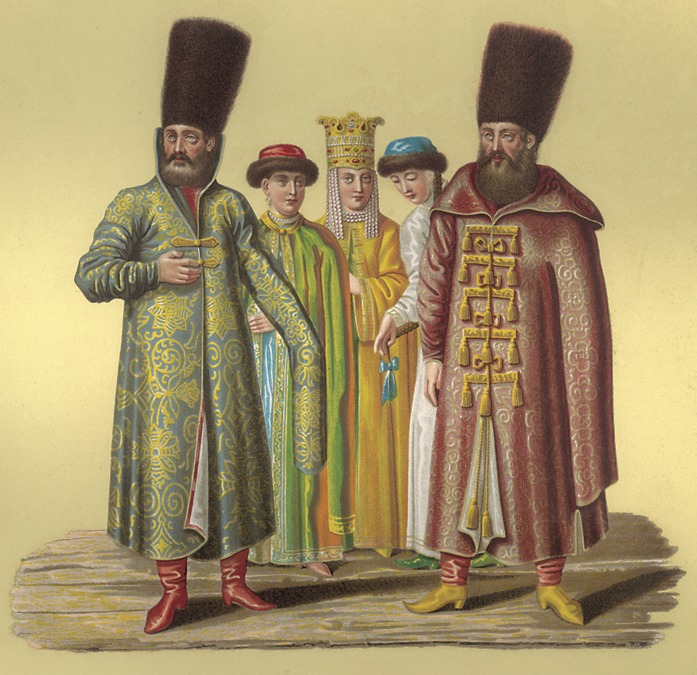
The high cost and inconvenience of “sundresses” made wearing this clothing exclusively the privilege of the upper class. An ordinary person could not afford such an outfit, and it was inconvenient to work in it because of the long sleeves.
The peculiarities of this Russian clothing led to the emergence of proverbs:
- To work carelessly is to do something poorly, as if your sleeves are getting in the way.
- Only the chest knows, and the background implies something secret, intimate. And the backing is a piece of coarse fabric sewn in the area of the shoulders and armpits to protect the sundress from sweat. No one saw her, the analogy is like something secret, invisible and unknown to others.
Who introduced the ban on men's sundress
Who ordered to “cut off the beards”? Since 1701, in accordance with the decree of Peter the Great, it was necessary to wear German dress on weekdays, and French dress on holidays. The so-called reforms also affected women's sundresses - instead of shapeless clothes, outfits with a neckline and corset came into fashion.
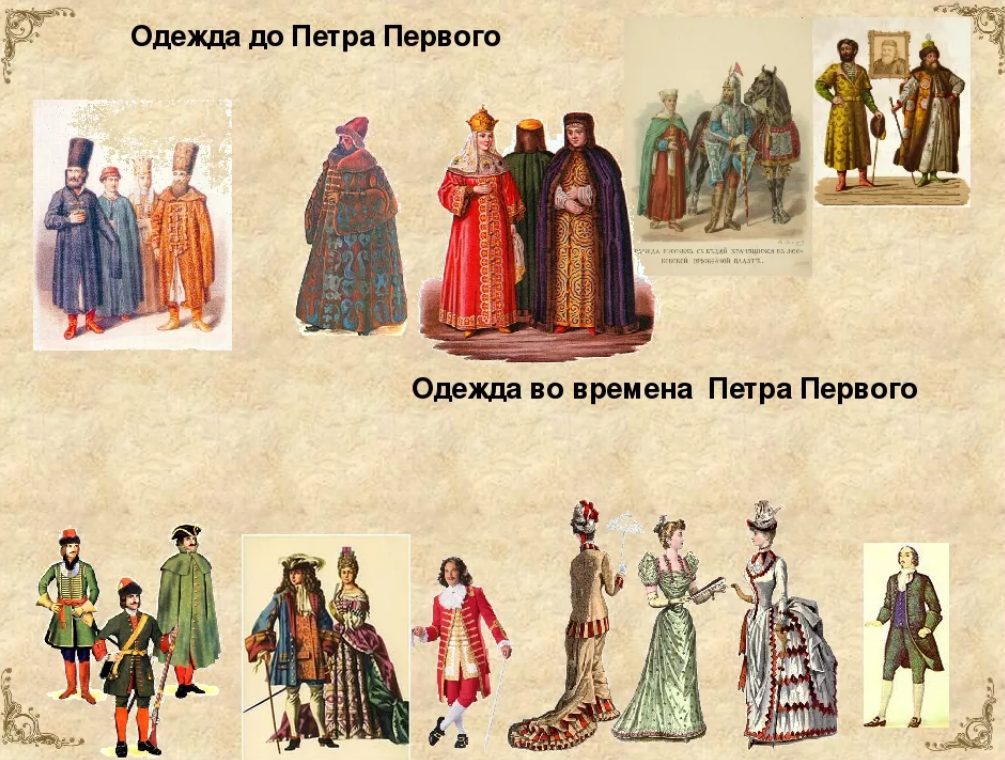
@luanda-ru.livejournal.com
The autocrat did not want visiting foreigners to see his subjects as savages in bear coats. The fact is that among the nobility, layering symbolized security - no one wore less than three layers of clothing. In addition, it was believed that such robes protect against evil spirits. The more clothes a person wears, the more protected he is.
So the sundress left the wardrobe of the Russian nobility. But he became popular with commoner women.
There is a legend explaining why the ban did not apply to ordinary people. According to it, one day the future first Russian emperor appeared at a shipyard near one of the Tambov villages dressed as a simple carpenter. He worked alongside the artisans, honing his skills.
One day, the autocrat injured his hand, and a local girl tore a piece of fabric from the hem of her sundress to bandage the wound.After some time, the king returned to the village and gave the local girls 1 thousand rubles in gold for sundresses.
The Russian sundress received a second life in modern times. In 1965, this piece of clothing with a turtleneck appeared in the collection of couturier Pierre Cardin. Well, these days you can see the most amazing collections on the catwalk. It happens that men again put on outfits that are vaguely similar to either togas or sundresses.


 0
0
